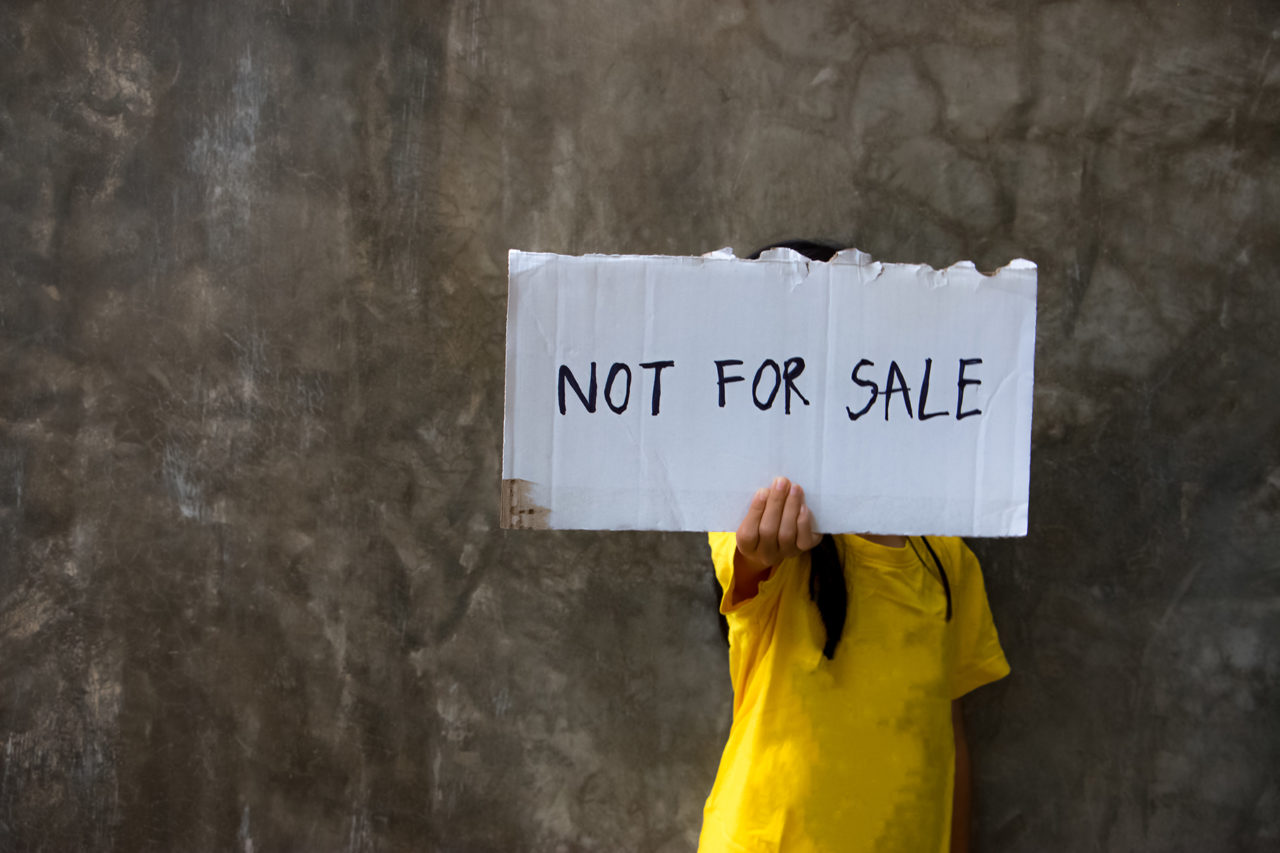By Angeline Grenz
The frightening truth about human trafficking is that it could be happening on your street, on your block, next door. Human trafficking takes many forms: slave labor and sex trafficking are foremost (forced marriage and organ removal are also considered human trafficking).
The illicit trade is a $150 billion-dollar business (humanrightsfirst.org) that has invaded every town, every city and every country. And Larimer County has one of the largest concentrations of human trafficking in Colorado. So, if you think it is not happening in your backyard—think again.
Human trafficking occurs right under our noses and it is our most vulnerable populations that are the primary victims. But local police find that their best ally in the fight against human trafficking is an observant neighbor or businessperson who notices when something just isn’t, well, right about what they are observing.
In February, Fort Collins Police Services hosted an informative session for community members so they could be better equipped to help stop this pervasive crime against the innocent. This session followed a much larger symposium at Colorado State University, held in January during National Slavery and Human Trafficking Prevention Month.
The symposium spoke to the pervasiveness of human trafficking across the globe and the need for nonprofits, law enforcement and others to band together to share information that can disrupt the business of human trafficking.
On a local level, the numbers are not just surprising—they are staggering. And the cost of risk for human traffickers is low. Limited risk plus high profit, this business is a no-brainer for those who have no qualms over exploiting children, women, immigrants, those living in poverty and others who are at-risk.
It is estimated, according to Megan Lundstrom, executive director of The Avery Center for Research and Services (formerly Free Our Girls) and a survivor of trafficking herself, that the cost of risk for a trafficker is as low as $730 a year, while the estimated net profit from just one victim is $255,500. These statistics are nationwide.
It doesn’t take an MBA to figure out that the profits far outweigh risk. In fact, that risk is roughly $2 a day, or $.20 per demanded commercial sex act. Disrupting the business model may be one of the few ways to disrupt human trafficking globally.
Why Northern Colorado?
Angie Henderson, sociology professor at University of Northern Colorado, cites studies that have found Northern Colorado and the Western Slope have the highest occurrences of sex trafficking in Colorado. One tracking method is the number of posted ads requesting commercial sex (several websites are frequently monitored by local law enforcement and other groups).
According to 2019 Larimer County data, over 18,000 sex trafficking victims were advertised online. This number includes illicit massage parlors. Further (conservative, says Henderson) estimates find victims are required to do at least five sex acts per day. They are working an average of at least 260 days a year. And almost 24 million sex acts were demanded from at least 10,320 sex buyers in Larimer County.
No, that isn’t a typo. Almost 24,000,000 sex acts requested in Larimer County in 2019.
Why is Northern Colorado such a hotspot? The I-25 Corridor, affluence and proximity to the oil and gas industry are all factors, says Henderson.
On a local level, there is much we can do to battle human trafficking. Demand reduction is one avenue. Educating potential victims is another, and community awareness and reporting is a third area.
Education and Demand Reduction
Predators target and groom their victims. They search for children in innocent-seeming online forums, game rooms, chat rooms, etc. They befriend online, lure children and youths in with attention, then often trap them by requesting inappropriate photos. Once the child complies, they are often too embarrassed or ashamed to report the predator. All the while, the predator is requesting more and more information and selling that information to someone else. It is no coincidence, says Lundstrom, that the most common exit from a relationship with a predator is a drug overdose or teen suicide.
LuAnn Goodyear, with Larimer Anti Trafficking, says the best protection for children is education. “How do we talk to our kids?” she asks. “Do you know what to say to a child to make them comfortable and safe?” Education programs within the school district are slow to catch up, Goodyear adds. “Education [within the school system] is the missing piece for children.”
Education campaigns don’t extend just to potential victims. There are education programs for truck drivers, bus drivers and other transit workers so they can be on alert for potential instances of human trafficking. Transit is one area where trafficking can frequently occur.
Demand reduction is the next component. “Getting at demand will affect the problem,” says Henderson. She cites statistics that show countries that only prosecute buyers, not the victims, of human trafficking saw a significant reduction in sex trafficking.
Then there is the Epik Project. This organization’s “mission is to mobilize male allies to disrupt sex trafficking,” according to Daniel Eastman, Epik Project member. The nationwide organization is creating a Northern Colorado chapter, named Epik Front Range. The group employs decoy ads to engage with buyers and then reaches out to educate them on the true impacts of paying for sex.
“We need more men volunteers,” says Eastman. “Men are more successful at talking with men with regards to this subject. It is our job to stand up and confront other men.”
Community Involvement and Awareness
It is the average citizen who witnesses human trafficking, then acts to report it, that can have the biggest impact for law enforcement. “We couldn’t do this without you,” says Tim Doran, assistant chief with Fort Collins Police Services. Community calls reporting suspicious activities helped shut down three illicit massage parlors in Northern Colorado in 2019.
Another resource is the Stop the Traffik app. This is a global reporting application. The app processes every tip that comes in through their Intelligence-Lead Prevention team and sends out intelligence reports to law enforcement.
What is pretty spectacular about the app is that it can map where instances occur and show where potential hotspots may be. This allows Stop the Traffik to then carry on geo-targeted awareness campaigns that can target an area with information and education. This was particularly successful in interrupting a Lithuanian slave labor ring in England in 2019. Individuals were empowered because they were educated on their rights and were able to avoid becoming victims of slave labor.
Whether you choose to take up the cause or not, the greatest impact on a local level can just come from being more involved in your community, says Doran.
“Sadly, this is an underreported crime. Victims sometimes don’t know they are victims. But you as the community can be a kind face and get them to open up to you. They won’t always talk to us [the police],” he continues. “Getting that information to us is the best way you can help. That and engaging in your community.”
However, “be discerning,” Doran cautions. Never approach someone you may be suspicious of, leave that for law enforcement. And don’t “think there is a trafficked victim next to you at every red light.” Be aware, and when you feel there is something “off” about a situation, call it in to law enforcement.
To learn more about human trafficking and what you can do, here is a list of resources and organizations that can help:
Statistics: polarisproject.org
Global awareness: stopthetraffik.org
National program: epikproject.org
Local resources: larimerantitrafficking.org, averyresearchconsulting.com, ucountcampaign.org







